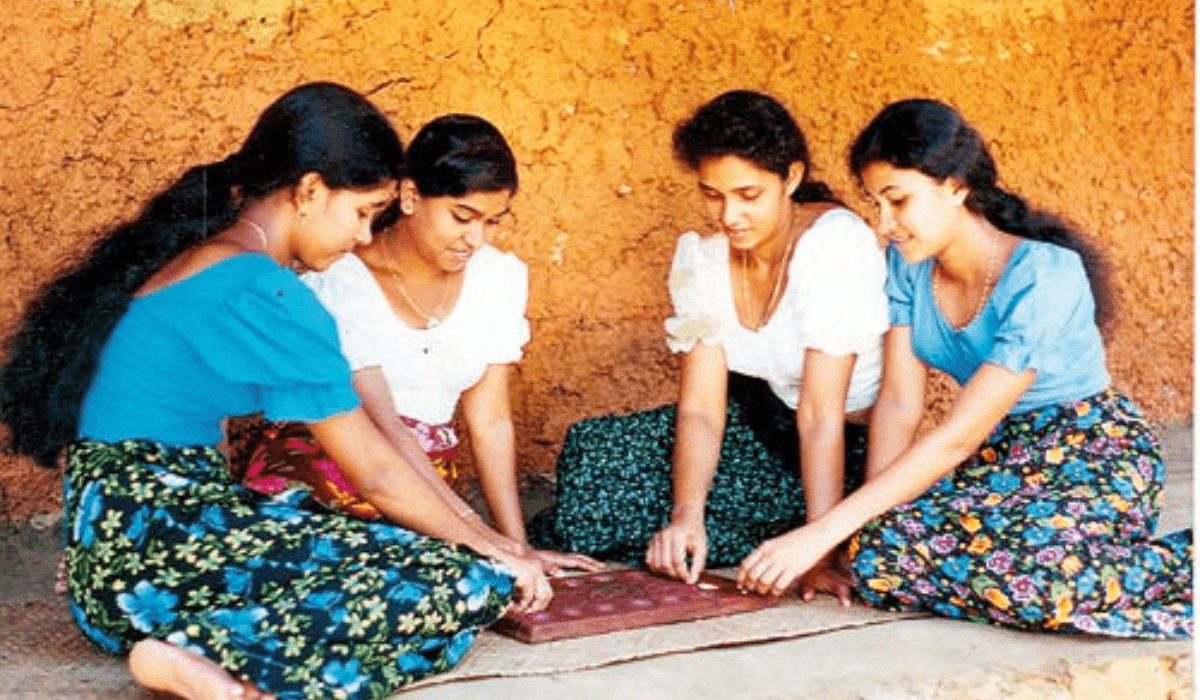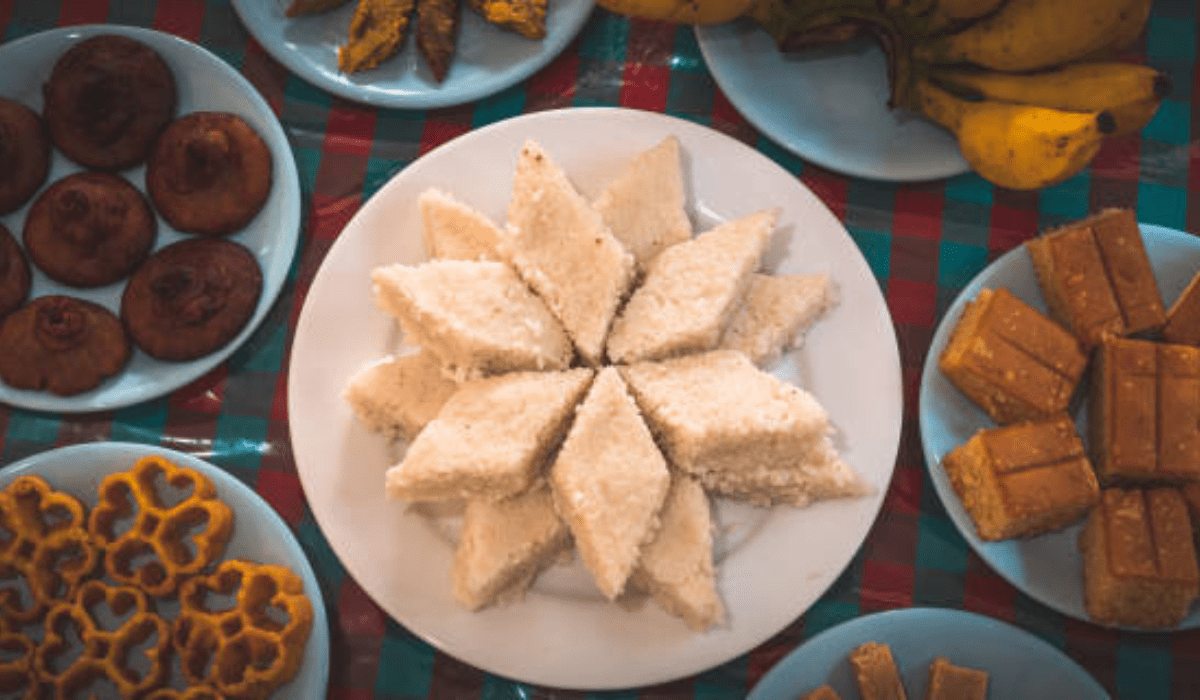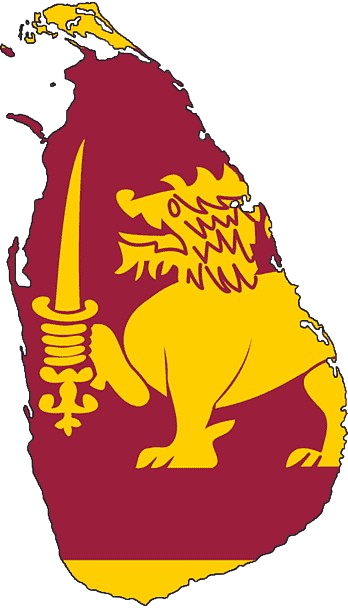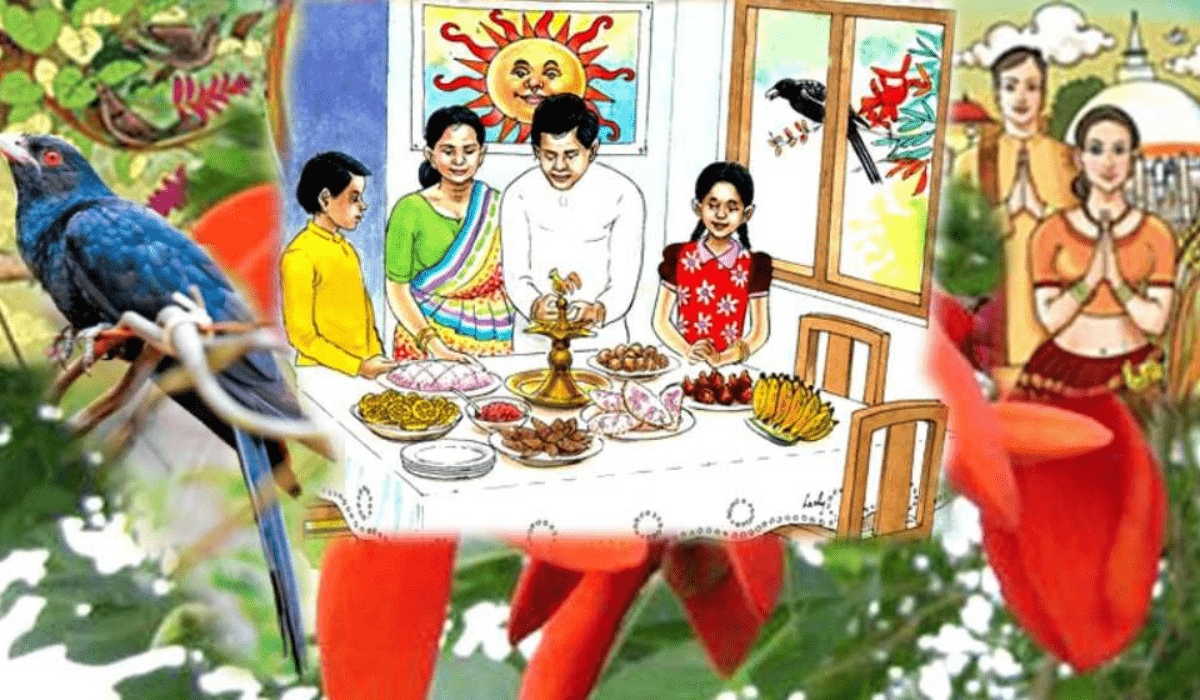Introduction
Table of Contents
The Sinhala Hindu New Year festival, celebrated in April, is one of Sri Lanka’s most significant and widely observed cultural events. Rooted in ancient traditions and linked to the movements of the sun, this festival marks the end of the harvest season and the start of the new year according to the traditional solar calendar. It brings together the Sinhala and Tamil communities in a vibrant display of unity, tradition, and festivity, reflecting the island’s rich cultural tapestry.
Historical Background
The origins of the Sinhala Hindu New Year festival, also known as Aluth Avurudu in Sinhala and Puthandu in Tamil, date back to ancient times. It is celebrated when the sun moves from the Meena Rashiya (Pisces) to the Mesha Rashiya (Aries) in the celestial sphere, marking the completion of a solar year. This transition is significant in both Sinhala and Tamil astrology and has been celebrated for centuries as a time of renewal and prosperity.
Historical records suggest that the festival was initially observed by the agrarian societies of ancient Sri Lanka, who relied heavily on solar cycles to manage their agricultural activities. The end of the harvest season provided an ideal time for people to relax, celebrate, and prepare for the new planting season. Over time, these agricultural celebrations evolved into a more structured festival with distinct rituals and customs that have been passed down through generations.
Cultural Significance
The Sinhala Hindu New Year festival is a symbol of the rich cultural heritage of Sri Lanka. It is a time when traditional customs, rituals, and values are prominently displayed, reinforcing the cultural identity of the Sinhala and Tamil communities. The festival fosters a sense of unity and togetherness, transcending ethnic and religious boundaries, and promoting mutual respect and understanding among the island’s diverse population.
One of the most significant aspects of the festival is its emphasis on family and community. Families come together to clean and decorate their homes, prepare traditional sweets and delicacies, and participate in various rituals that mark the transition from the old year to the new. This sense of togetherness is further highlighted by community events, games, and competitions that bring people together in a spirit of joy and camaraderie.

Traditional Customs and Rituals
The Sinhala Hindu New Year festival is rich with customs and rituals that reflect the deep-rooted traditions of Sri Lankan society. These rituals are meticulously observed and vary slightly between the Sinhala and Tamil communities, although the underlying themes of renewal, prosperity, and unity remain consistent.
The Transition Period (Nonagathe)
One of the unique aspects of the Sinhala Hindu New Year festival is the nonagathe, or the neutral period, which occurs between the end of the old year and the beginning of the new year. During this time, people refrain from engaging in any work-related activities and instead focus on religious observances and rituals. It is a time for reflection, prayer, and seeking blessings for the year ahead.
Lighting the Hearth
One of the first rituals performed in the new year is the lighting of the hearth. This is usually done at an auspicious time determined by astrologers. The head of the household lights the hearth and prepares the first meal of the new year, typically a pot of milk rice (kiribath) which symbolizes prosperity. This ritual is accompanied by the boiling of milk, which is allowed to overflow, signifying abundance and prosperity for the household.
The First Meal
The first meal of the new year is a significant event and is shared with family members. Traditional dishes such as kiribath, sweetmeats like kavum (oil cakes), kokis (crispy fried sweets), and fruits are prepared and served. Sharing this meal symbolizes unity, togetherness, and the start of a new chapter in the lives of the family members.
Anointing with Oil
Another important ritual is the anointing with oil, which is usually performed by the head of the household or an elder. This ritual involves the application of a specially prepared herbal oil on the heads of family members while reciting blessings for good health and prosperity. The anointing ceremony is believed to purify the body and soul, and it is often followed by a bath in water infused with herbal leaves.
Visiting Relatives and Exchanging Gifts
The Sinhala Hindu New Year is a time for strengthening family bonds and social relationships. Visiting relatives, friends, and neighbors is a common practice, and it is customary to exchange gifts and sweetmeats. This act of giving and receiving not only fosters goodwill but also reinforces social ties and community cohesion.
Traditional Games and Competitions
The festival is also marked by various traditional games and competitions that are enjoyed by people of all ages. Games such as kotta pora (pillow fighting), kana mutti (pot breaking), and olinda keliya (a traditional board game) are played with great enthusiasm. These activities provide entertainment and amusement, while also promoting physical fitness and teamwork.
Paying Homage to Elders
A significant aspect of the festival is the respect shown to elders. Younger family members present betel leaves to their elders, seeking blessings for the year ahead. This ritual reinforces family bonds and highlights the importance of respecting one’s heritage and ancestors.
Contribution of Sinhala and Hindu Communities




The Sinhala Hindu New Year festival is a testament to the harmonious coexistence of the Sinhala and Tamil communities in Sri Lanka. Both communities contribute significantly to the festival’s celebrations, bringing their unique customs and traditions to the forefront.
Sinhala Contributions
For the Sinhala community, the festival is deeply rooted in Buddhist traditions. The rituals and customs are often accompanied by visits to the temple, offering prayers, and seeking blessings from the monks. The preparation of traditional Sinhala sweetmeats and the observance of auspicious times for various activities are integral parts of the celebrations.
Hindu Contributions
The Tamil community, predominantly Hindu, brings its own rich cultural practices to the festival. The rituals are closely linked to Hindu astrology, and the celebration of Puthandu involves temple visits, special prayers, and the preparation of traditional Tamil dishes. The Tamil New Year is also marked by the creation of colorful kolam (rangoli) designs at the entrance of homes, symbolizing prosperity and welcoming the new year.
The Festival’s Evolution
While the core traditions of the Sinhala Hindu New Year festival have remained unchanged, the way it is celebrated has evolved over time. Modern influences and technological advancements have brought new dimensions to the festival, making it more accessible and engaging for the younger generation.
Media and Technology
Television and radio play a significant role in the dissemination of information about the festival, including the announcement of auspicious times for various rituals. Live broadcasts of temple ceremonies, cultural programs, and traditional games allow people to participate in the celebrations from the comfort of their homes.
Commercialization
The commercialization of the festival has also brought about changes in the way it is celebrated. The lead-up to the new year sees a surge in shopping for new clothes, household items, and gifts. Markets and shops are bustling with activity, and special discounts and promotions add to the festive spirit.
Celebrations Across Sri Lanka
The Sinhala Hindu New Year Festival is celebrated throughout Sri Lanka, with each region adding its unique touch to the festivities. Urban areas witness grand celebrations with cultural performances, while rural communities emphasize traditional practices.
- Urban Celebrations: In cities, the festival is marked by public events, cultural shows, and fairs. Streets are adorned with decorations, and people engage in various activities, including traditional games and music performances.
- Rural Celebrations: In villages, the focus is on family gatherings and community participation. Traditional games, such as tug-of-war and pillow fighting, are organized, bringing people together in a spirit of camaraderie.
Traditional sweets are most commonly prepared for the Sinhala and Hindu New Year






During the Sinhala Hindu New Year Festival, a variety of traditional sweets are prepared to celebrate this auspicious occasion. These sweets not only add flavor to the festivities but also symbolize prosperity and unity among families. Here are some of the most commonly prepared traditional sweets for the Sinhala Hindu New Year:
- Kiribath (Milk Rice)
- Kiribath, or milk rice, is a staple dish during the New Year celebrations. It is made by cooking rice in thick coconut milk, resulting in a creamy and rich texture. Kiribath is often served with a spicy condiment called lunu miris, which is a mixture of onions, red chilies, and salt, enhancing its flavor. This dish symbolizes prosperity and is typically the first meal prepared at the auspicious time of the New Year.
- Kavum (Oil Cakes)
- Kokis
- Pani Walalu (Honey Rings)
- Athirasa
- Aasmi
- Dodol
- Weli Thalapa
- Mung Kevum
- Naran Kavum
Conclusion
The Sinhala Hindu New Year festival is a vibrant and colorful celebration that showcases the rich cultural heritage of Sri Lanka. It is a time of joy, reflection, and renewal, bringing together people from different communities in a spirit of unity and harmony. The festival’s deep-rooted traditions and customs provide a fascinating glimpse into the island’s cultural tapestry, making it a must-experience event for both locals and tourists.
As Sri Lanka continues to embrace modernity, the essence of the Sinhala Hindu New Year festival remains intact, preserving its historical significance and cultural values. For those looking to experience the true spirit of Sri Lankan culture, participating in the Sinhala Hindu New Year celebrations offers a unique and unforgettable journey into the heart of the island’s rich traditions.




